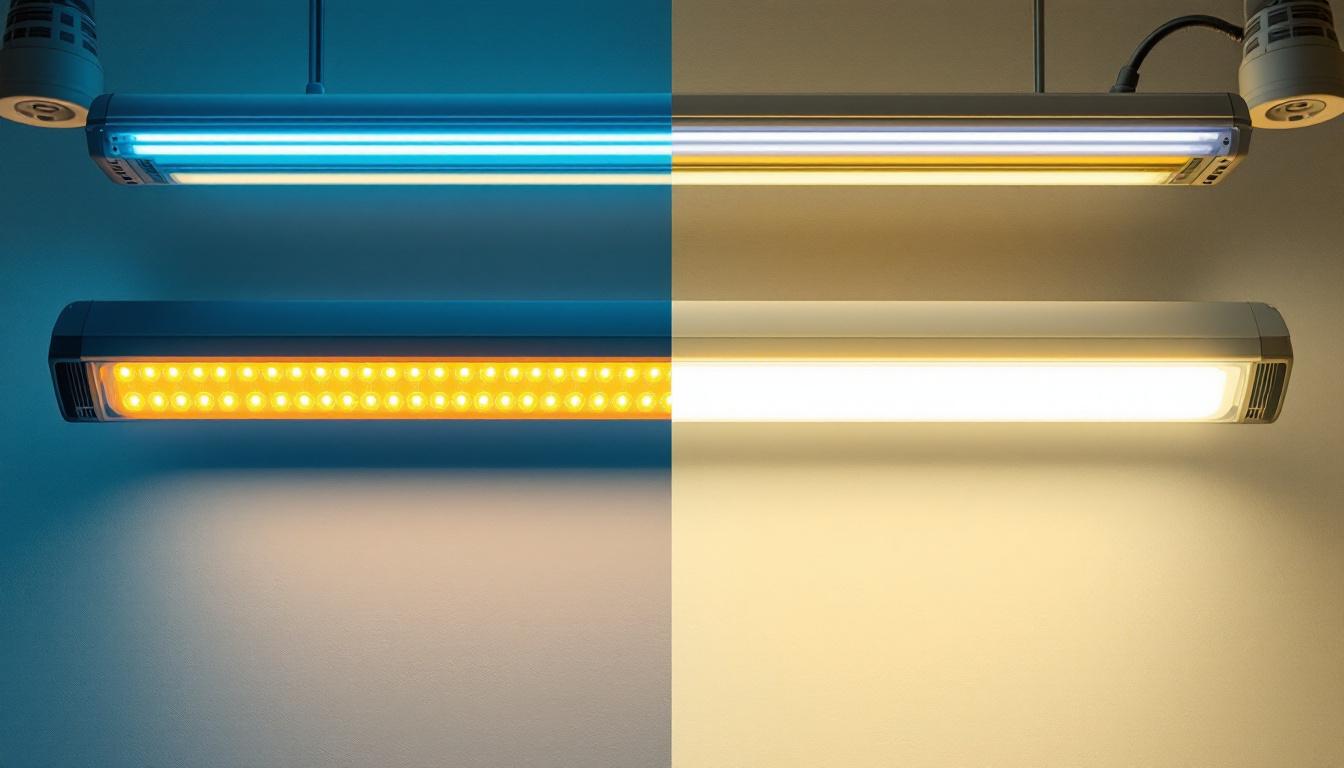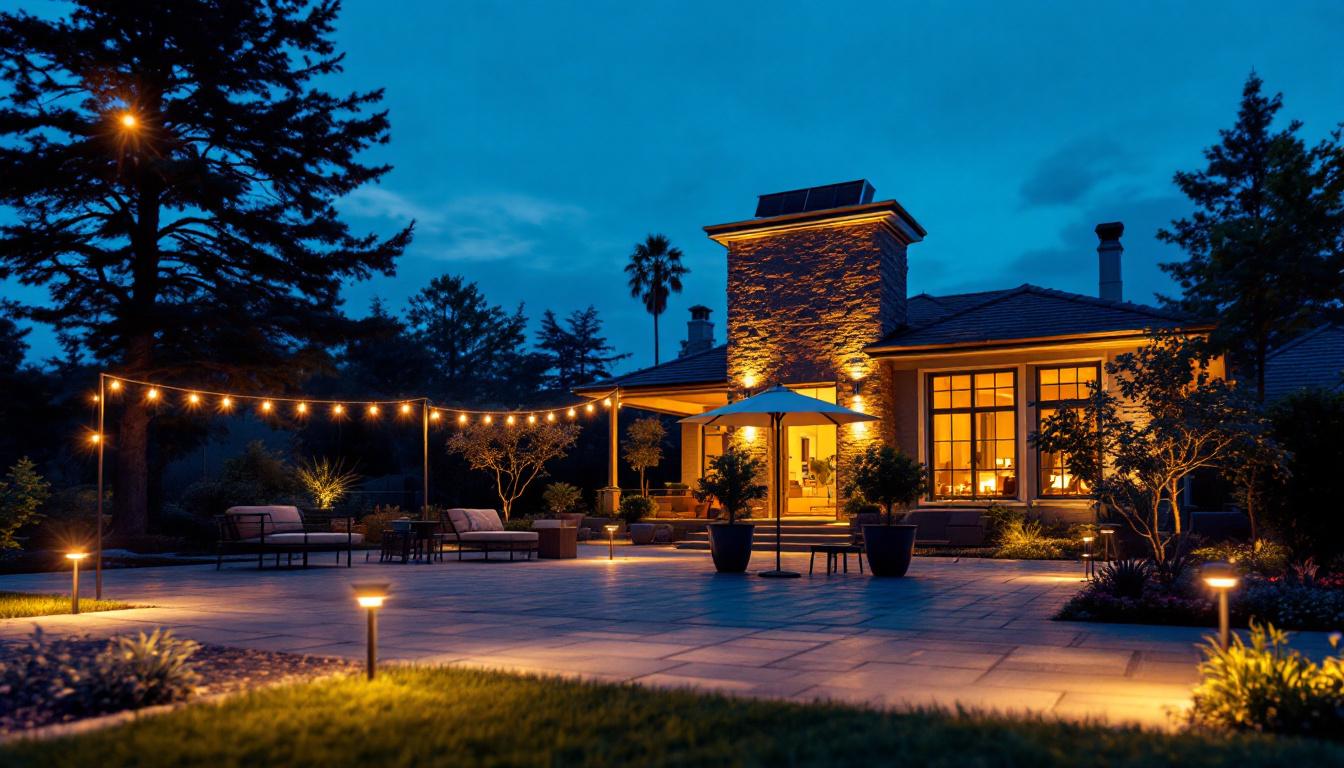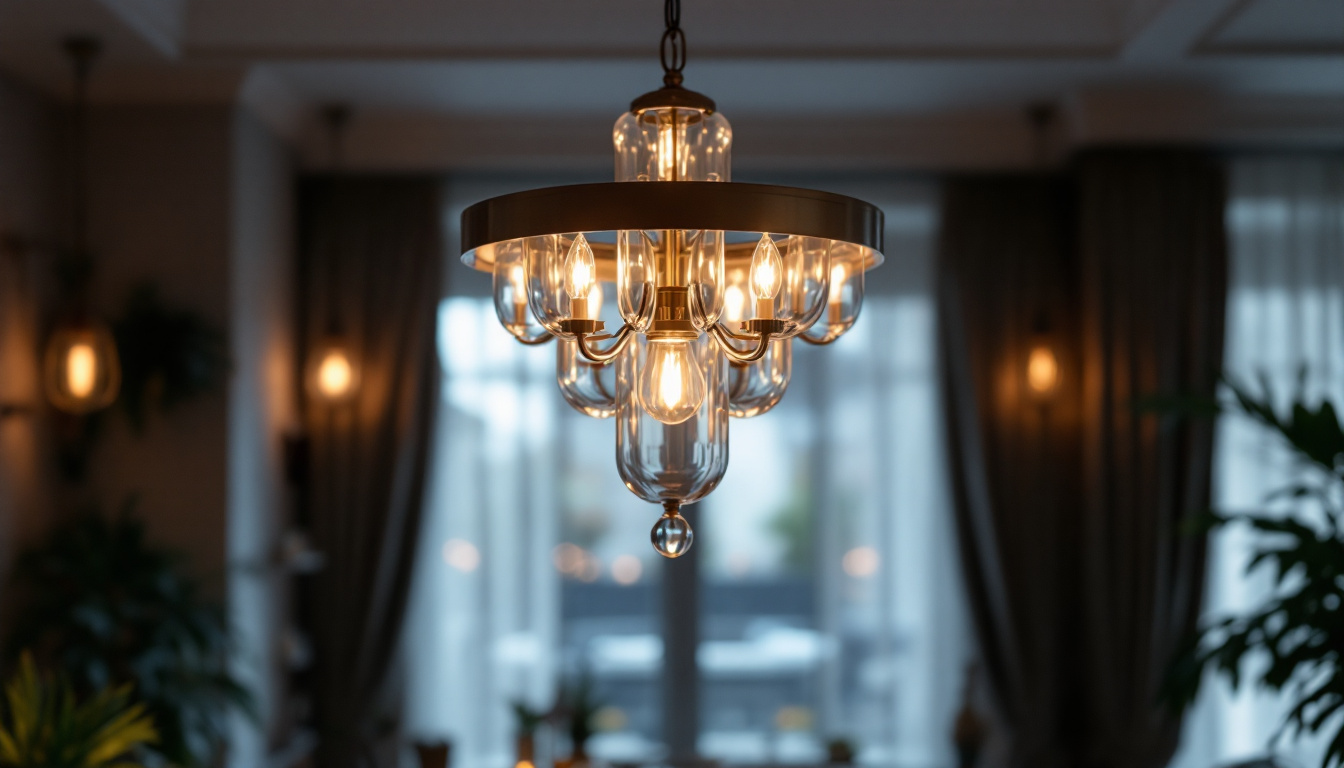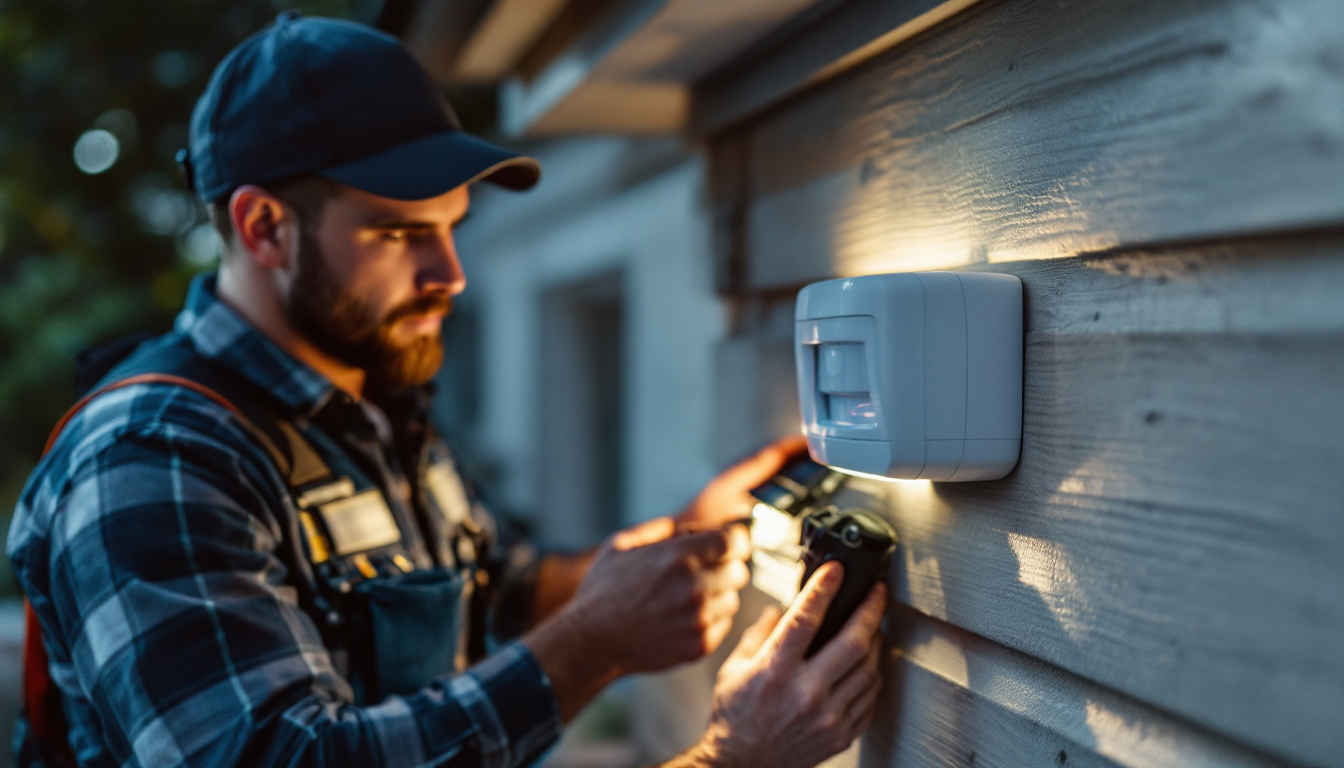
In the world of lighting design and installation, the shift from traditional fluorescent lighting to LED technology has been a game-changer. As lighting contractors seek to enhance energy efficiency, reduce maintenance costs, and improve overall lighting quality, LED replacements for fluorescent fixtures emerge as an essential component of many projects. This article explores the benefits, considerations, and best practices for integrating LED technology into fluorescent lighting systems.
One of the most compelling reasons to consider LED replacements for fluorescent fixtures is their energy efficiency. LEDs consume significantly less power than traditional fluorescent bulbs, often using up to 75% less energy for the same amount of light output. This reduction in energy consumption translates to lower electricity bills, making LED solutions an attractive option for both commercial and residential applications.
Moreover, the long lifespan of LED bulbs—often exceeding 25,000 hours—means that they require less frequent replacements. This longevity not only reduces the cost of replacement bulbs but also minimizes the labor associated with changing out fixtures, further enhancing the overall cost-effectiveness of LED solutions. In fact, businesses and homeowners alike can benefit from the reduced maintenance efforts, allowing them to allocate resources to other important areas of their operations or home improvements. As a result, the initial investment in LED technology can yield significant savings over time, making it a wise choice for those looking to enhance their lighting systems.
LED technology offers superior light quality compared to fluorescent lighting. With a higher Color Rendering Index (CRI), LEDs provide more accurate color representation, which is particularly important in settings like retail spaces, art galleries, and design studios. The ability to choose from a wide range of color temperatures allows contractors to tailor lighting to specific environments, creating the desired ambiance and enhancing the aesthetic appeal of a space.
Additionally, LEDs produce less heat than fluorescent fixtures, which can contribute to a more comfortable environment, especially in enclosed spaces. This reduction in heat output can also lead to lower cooling costs, further enhancing the energy savings associated with LED installations. Furthermore, the dimmable features of many LED products offer additional flexibility, allowing users to adjust the brightness according to their needs or preferences. This adaptability not only enhances the functionality of a space but also promotes energy conservation by enabling users to use only the light they need at any given time. As a result, LED technology not only meets the practical requirements of lighting but also elevates the overall experience of the environment in which it is used.
When replacing fluorescent bulbs with LED alternatives, compatibility with existing fixtures is a critical consideration. Not all LED bulbs are designed to work with all types of fluorescent fixtures. It is essential to assess whether the current ballast can support LED technology. In some cases, contractors may need to bypass or replace the ballast to ensure optimal performance.
For instance, direct replacement LED tubes are available that can work with existing ballasts, making the transition easier. However, for the best performance and energy savings, a ballast bypass or complete fixture replacement may be recommended. Understanding the specific requirements of each project is vital to avoid complications during installation. Additionally, it is worth noting that some LED products come with integrated drivers, which can simplify the installation process by eliminating the need for separate ballasts altogether. This can lead to a more streamlined approach and reduce potential points of failure in the lighting system.
While the initial cost of LED fixtures may be higher than traditional fluorescent options, the long-term savings can offset this upfront investment. Contractors should conduct a cost-benefit analysis that considers energy savings, reduced maintenance costs, and the lifespan of the products. Many utility companies also offer rebates and incentives for transitioning to energy-efficient lighting, which can further enhance the financial viability of LED projects.
It is also important to factor in the potential for improved productivity and satisfaction in work environments. Enhanced lighting quality can lead to better employee performance and reduced eye strain, which can be difficult to quantify but is nonetheless a significant benefit. Moreover, the color temperature and brightness of LED lighting can be tailored to suit specific tasks or environments, creating a more conducive atmosphere for both employees and clients. For instance, warmer tones may promote relaxation in a lounge area, while cooler, brighter lights can enhance focus in a workspace. This adaptability not only improves the aesthetic appeal of a space but also contributes to the overall well-being of its occupants, making it a worthwhile consideration for any transition to LED technology.
Before embarking on an LED replacement project, conducting a thorough lighting audit is essential. This process involves assessing the current lighting conditions, identifying areas that require improvement, and determining the specific needs of the space. A comprehensive audit allows contractors to make informed decisions about the type and quantity of LED fixtures required.
During the audit, consider factors such as the purpose of the space, the desired light levels, and any existing issues with glare or uneven lighting. Engaging with clients to understand their preferences and requirements can also lead to a more successful outcome.
With a plethora of LED products available on the market, selecting the right fixtures is crucial. Contractors should prioritize high-quality products from reputable manufacturers that offer warranties and performance guarantees. This approach not only ensures reliability but also reflects positively on the contractor’s reputation.
Consideration should also be given to the specific application of the lighting. For example, commercial spaces may benefit from high-lumen output fixtures, while residential applications might prioritize aesthetics and warmth. Understanding the unique needs of each project will guide product selection and ultimately lead to better results.
As lighting contractors, educating clients about the benefits of LED technology is essential for fostering acceptance and enthusiasm for the transition. Many clients may be hesitant to switch from familiar fluorescent systems due to misconceptions about LED performance or cost. Providing clear, concise information about energy savings, maintenance reductions, and improved light quality can help alleviate concerns.
Offering demonstrations or case studies showcasing successful LED installations can also be a persuasive tool. Clients are more likely to embrace change when they see tangible evidence of the benefits that LED technology can bring to their spaces.
The environmental impact of lighting choices cannot be overlooked. Transitioning from fluorescent to LED lighting significantly reduces energy consumption, which in turn lowers greenhouse gas emissions associated with electricity generation. For contractors focused on sustainability, promoting LED replacements aligns with broader environmental goals and demonstrates a commitment to responsible practices.
Furthermore, LEDs do not contain hazardous materials like mercury, which is commonly found in fluorescent bulbs. This absence of toxic substances simplifies disposal and recycling processes, making LED technology a more environmentally friendly option.
As the demand for green building practices continues to grow, integrating LED lighting solutions into projects can help achieve sustainability certifications such as LEED (Leadership in Energy and Environmental Design). Contractors who prioritize energy-efficient lighting solutions position themselves as leaders in the industry and attract clients who value environmentally responsible practices.
By incorporating LED technology into their offerings, contractors not only enhance the quality of their projects but also contribute to a more sustainable future. This alignment with green initiatives can differentiate contractors in a competitive market and foster long-term client relationships.
The integration of smart technology into LED lighting systems is rapidly gaining traction. Smart LEDs can be controlled remotely, allowing for customizable lighting scenes, automated schedules, and energy monitoring. This technology enhances user experience and provides clients with greater control over their lighting environments.
As smart home and building automation systems become more prevalent, contractors should consider incorporating smart LED solutions into their projects. This not only meets the growing demand for advanced technology but also positions contractors as forward-thinking professionals in the lighting industry.
LED technology continues to evolve, with ongoing advancements in efficiency, color quality, and design. New developments, such as tunable white LEDs that adjust color temperature based on time of day, are becoming increasingly popular. These innovations offer contractors new opportunities to enhance lighting design and meet diverse client needs.
Staying informed about the latest trends and technologies will empower contractors to make educated decisions and provide clients with cutting-edge solutions. Engaging with manufacturers and industry associations can facilitate access to valuable resources and insights.
The transition from fluorescent to LED lighting is more than just a trend; it represents a fundamental shift in how lighting is approached in both commercial and residential settings. For lighting contractors, understanding the benefits, considerations, and best practices associated with LED replacements is essential for successful project execution.
By embracing LED technology, contractors can enhance energy efficiency, improve light quality, and contribute to sustainability efforts. As the industry continues to evolve, staying informed about advancements and trends will ensure that contractors remain competitive and capable of delivering exceptional lighting solutions.
Ultimately, LED replacements for fluorescent fixtures are not just a missing piece; they are a vital component of modern lighting projects that can lead to enhanced client satisfaction, reduced environmental impact, and improved overall project outcomes.
Ready to make the switch to LED and illuminate your lighting projects with the best in the industry? At LumenWholesale, we provide lighting contractors with the highest quality, spec-grade LED products at unbeatable wholesale prices. Say goodbye to local distributor markups and hello to our extensive selection that meets rigorous industry standards. With free shipping on bulk orders, you can trust that you’re getting premium lighting solutions at the best value, without any hidden fees. Elevate your lighting projects and experience the difference in quality, affordability, and convenience. Visit LumenWholesale today for wholesale lighting that truly shines.

Discover the latest trends in solar dusk to dawn flood lights that every lighting contractor needs to know.

Discover essential best practices for lighting contractors in the washing outlet industry.

Discover expert strategies for lighting contractors to tackle the unique challenges of installing large hanging lights.

Discover how outside motion sensor alarms are revolutionizing lighting contractors’ projects by enhancing security, boosting energy efficiency, and offering innovative design opportunities.